A Placemaking Journal
Seven Keys to Stronger Community
 In sustainability’s triple bottom line of profits, planet and people, it’s people that tend to get the shaft. There’s an entire industry surrounding environmental advocacy and we can always count on business interests to fight for stable economies, but what about the social resilience of our communities?
In sustainability’s triple bottom line of profits, planet and people, it’s people that tend to get the shaft. There’s an entire industry surrounding environmental advocacy and we can always count on business interests to fight for stable economies, but what about the social resilience of our communities?
Personally, I consider the social leg to be the most critical, as I’m unconvinced that we’ll ever be able to effectively handle the challenges of the other two — especially at the local level in times of turmoil and change — in the absence of the rich social interdependencies that used to define us.
Get reconnected first. Then save the planet and the economy.
To that end, I offer today’s post as a response to the municipal question: “Where do we start?” It’s surely not a comprehensive list — in fact, I’ll be seeking your thoughts on how to expand it later — and I’ve given very short shrift to some very weighty subjects. Nonetheless, if you’re looking to bulk up the strength of your community, especially in these times of limited resources, these are the areas that provide the greatest returns.
1. Good governance
Strong community begins and ends with something you can’t fake: trust. Elected officials, city hall, and other community leaders listening, engaging in a meaningful examination of competing agendas and trade-offs, and acting on what they’ve heard is the process through which you transcend political stagnation and start getting somewhere. Leadership is key to setting the collaborative tone which, in time and in practice, can become a collaborative culture.
2. Walkable, connected, mixed-use character
Our human desire to be together is embedded in the built form of the traditional city. Not to say or even imply that such patterns create community but, rather, that they foster it. They make community easier, as they contain lessons from a time when we lacked the wherewithal to deny our need for one another. We had to be together, and our cities and towns reflected that.
Regardless of why you’re looking to build community, development patterns matter. If you’ve got historic areas, recognize their embedded wisdom and work to preserve them. And for new growth, take on the fact that, across the continent, many of our most admired, human-scaled practices are currently illegal. Reform your current zoning or replace it with a more character and context-sensitive form-based code.
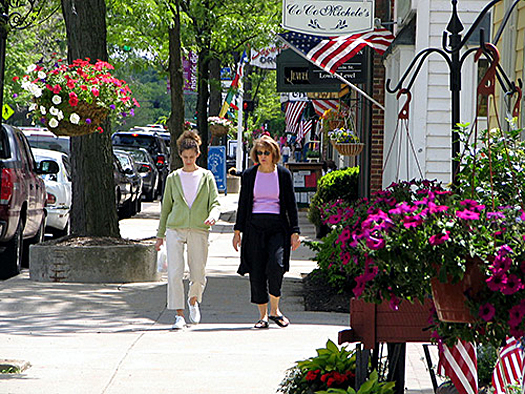
3. Parks and gardens
For compact, walkable communities to thrive, they need contrast. They need the intensity of human settlement to be offset by areas for recharge — both environmental and emotional. Municipalities often table investments in parks due to costs and that’s a mistake, as it assumes that the only parks of value are large, centrally managed ones.
Redefining how you categorize and manage parks, in and of itself, can be a community-building act because it leads you to all new options — surplus land reclamation, community gardens, shared green spaces — where design and maintenance can be downloaded to the community. Given opportunity and a sense of ownership, many people will assume a commensurate level of responsibility. And in the course of taking it on, they develop a broader web of connections that can be leveraged later.
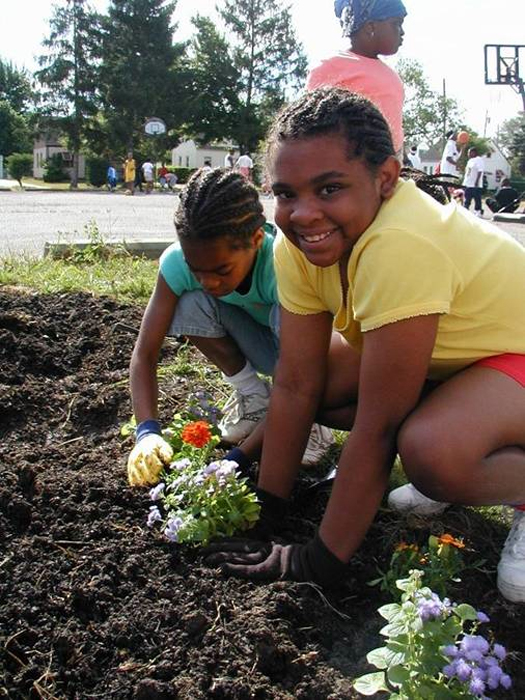
4. Partnerships
You can’t do it all. No local government has the time or money to do everything that needs to be done. Nor should they. Instead, the more programs and initiatives delegated from the plates of city government to the often-more-appropriate task lists of community businesses, institutions, nonprofits, associations, advocates, or willing residents, the better. Not only is this the more fiscally prudent course of action, it’s a direct form of community engagement and empowerment, which further strengthens trust and interdependence.
Map your community’s assets, draft lists of who has skills, resources and capacity to leverage, and start building bridges. Sometimes, the greatest contribution local government can make towards the solving of a problem is learning how to get out of the way. And the stronger your community gets, the more opportunities you’ll have to do so.

5. Programming
Festivals, events and other activities are key opportunities for community mingling and celebration but don’t assume that everything needs to be orchestrated by city hall. For every city-wide gathering in your downtown park or square, there’s an equal need for gatherings at the block and neighborhood levels. In fact, the most creative and compelling events are often roots-up rather than top-down. In Ithaca, New York, for example, residents created Porchfest, an all-day affair where bands — over a hundred this past year — perform on porches and in front yards across two neighborhoods. A central organization establishes time slots, sets the schedule and handles promotion, then people simply wander around, spending time together and listening to music. All the city has to do is step aside.
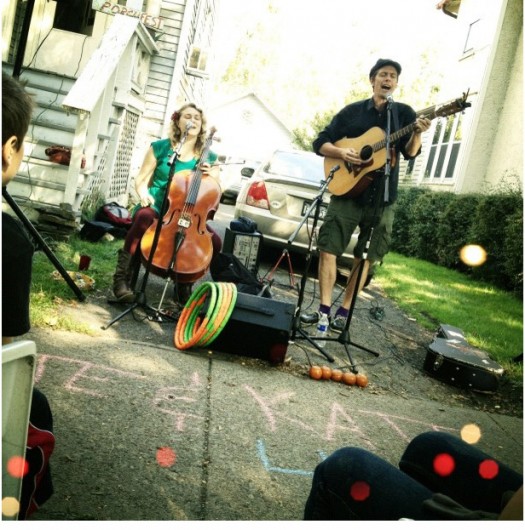
6. Neighborhood-responsive schools
Nothing has the potential to bring people together more effectively than schools but two trends in contemporary education undermine their value as community-builders: monolithic, bureaucratic school systems and the removal of schools from the neighborhoods they serve. In short, our efforts towards efficiency have failed because they’ve largely severed one of the largest resources schools have at their disposal: the sense of emotional ownership taken by the surrounding community.
It’s fully acknowledged that school systems typically operate independent of their respective municipalities and no suggestion is made that this is an issue easily solved. But, as a rule, these are the truths that should power your efforts: Schools should be physically integrated with the populations they serve and there should be mechanisms in place that download a meaningful level of decision-making authority to the parents, teachers and school administrators contending with the realities of their local context.
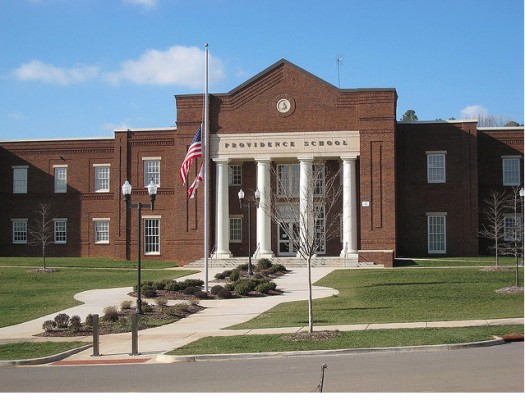
7. Tree culture
More often than not, communities concerned about their tree canopy deal with its preservation through ordinances that prevent tree removal. Not to say that such ordinances are categorically wrong, mind you. Just that, by focusing mostly on trees at what’s often the tail end of their lives — the ones that get the most notice and inspire the greatest affection — they steal attention from what should be the greater goal.
Yes, preventing the death of a tree preserves your existing canopy, at least for a while, but it does nothing beyond the lifespan of what’s currently on the ground. Equally notable is that, by forcing tree activists and property rights advocates to square off in a battle over who’s in the right, these ordinances actually end up being corrosive to the very community you’re trying to build. Instead, communities should put their focus on an ongoing program of tree planting. Perpetual canopy replenishment. Not only does this present an opportunity for government, residents, and organizations to proactively work together in perpetuity, further enhancing your community fabric, it establishes and fosters a new, more sustainable culture in which the death of any one tree, while mourned, is viewed in the context of larger cultural values and does not end up being reduced to a criminal act. In short, it puts us all on the same side.
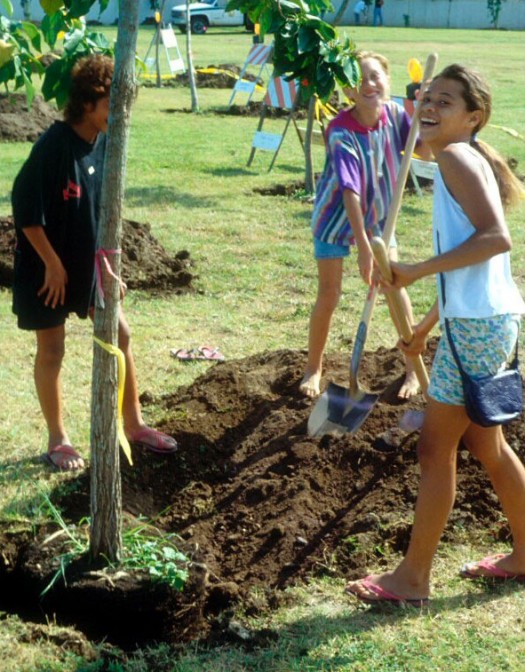
Surely there’s more
I’ve been mentally building and verifying this list for the past decade but this is the first time I’ve taken a stab at writing it down. What do you think? Is there anything I’ve missed? Where should communities be concentrating their efforts to strengthen their social fabric?
–Scott Doyon
If PlaceShakers is our soapbox, our Facebook page is where we step down, grab a drink and enjoy a little conversation. Looking for a heads-up on the latest community-building news and perspective from around the web? Click through and “Like” us and we’ll keep you in the loop.


